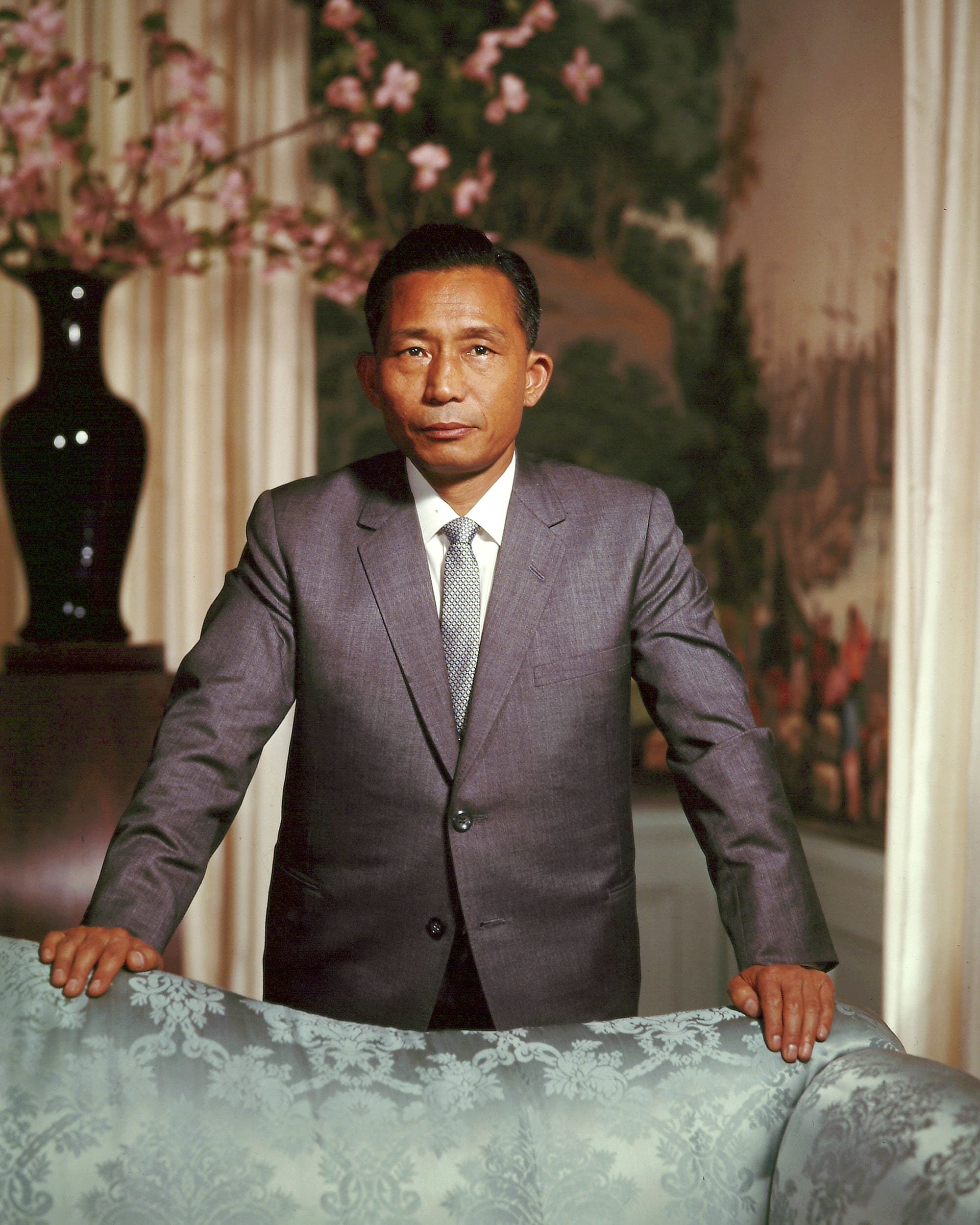Stories
Ukraine’s Eastern Front is ‘Hell on Earth’
Near Lyman, Ukraine
Crossing the final checkpoint into a battle zone feels like a consecration.
The Ukrainian soldiers manning the last friendly post have a singular focus and intensity that’s lacking behind the lines. They wave us through solemnly, without smiles or chatter. We coast through the invisible barrier separating the “front” from the “rear,” then floor the gas and accelerate forward.
I’m in eastern Ukraine in late May, in a region called Donbas, where the war has become a whirlwind of carnage that is claiming the lives of as many as 100 Ukrainian soldiers a day. The casualties on the Russian side are almost certainly even higher, according to Ukrainian defense officials. I’ve heard conflicting reports about what is happening here, about whether the Ukrainian military is collapsing or the Russians are succeeding in breaking through the defender’s lines, cutting off thousands of soldiers. But it’s clear that Russia is inching forward, each day bringing it closer to its goal of annexing the provinces of Luhansk and Donetsk and cementing the region under Moscow’s rule.
Ukraine won’t stop fighting. But it is sacrificing thousands of its finest soldiers and still losing ground. It cannot win the war without game-changing foreign-military assistance: American heavy artillery, Danish anti-ship missiles, German air-defense systems — these are slowly making their way to the battlefield. But can the Ukrainian military hold out long enough for any of it to make a difference?
To truly understand what is going on — to get a sense of morale and see how the soldiers are holding up under Russian assault, I must descend into the inferno, and I need a guide. A Ukrainian paratrooper will lead the way…
‘We Are Tired of Killing’
Donetsk Oblast, Ukraine
“The Russians are just over there.”
The Ukrainian marine driving the truck peers intently into the swirling snow, pointing to the line of trees about a half-mile ahead of us. The Russians, he tells me, “they leave their bodies where they fall,” and shakes his head.
His name is Oleksiy, and he has been full of bonhomie, quips, and curiosity — until we get close enough to the front lines that a forward observer could decide to direct an artillery round at our unarmored pickup. “Listen, if something happens, if something bad happens …” he says, and turns to look me in the eye. “You do whatever you need to do to get out of here.”
The dirt road runs between two wheat fields that are barren and unplowed. No one will plant crops here this year.
We are in Donetsk, where Ukraine has been fighting Russia for eight years in brutal trench warfare. The battle lines were static for most of that time. Now they are not. Russian soldiers have grabbed a chunk of Ukraine’s southeast, and are gaining ground. The marines are here to take it back.
Oleksiy begins driving forward again. The line of trees hiding units of Russia’s 163rd Tank and 11th Motorized Rifle regiments creeps closer…
“In the towns and villages, in the cemeteries we drive by, every burial ground has fresh graves, often with a funeral in progress or with mourners lighting vigil candles that seem to hover and flicker, like fireflies in the deepening gloam, as we speed past.”
The Assassin and the Dictator
Seoul, South Korea
Dawn was breaking over snow-covered Sambong Mountain a half century ago as the four Woo brothers set out to cut wood.
In a clearing they found 31 men dressed in South Korean army uniforms. Assuming it was a patrol, they shouted a greeting.
The soldiers were hollow-cheeked and drenched in sweat despite the sub-zero temperatures and the bitter wind in Paju, just 10 miles from South Korea’s border with the North.
Most had removed their boots and wrapped their hands and feet in blankets to stave off frostbite. The leader introduced himself as “Captain Kim,” with his sophisticated Seoul accent putting the siblings at ease…
Hunting a Brutal Warlord
Haute-Kotto Prefecture, Central African Republic
The helicopter settles in the elephant grass, rotor wash flattening the six-foot-tall fronds.
The first man on the ground is Travis, a brawny Green Beret with a solemn demeanor. He scans the treeline, carbine at the ready, and the rest of the soldiers follow.
Three Ugandan troops lead the way as a trio of Americans disperse through the column, weapons at the ready.
On its surface, this is a simple mission. U.S. Army Special Forces, or Green Berets, have been ordered to "apprehend or remove" one of the world’s most notorious warlords from the battlefield, along with his top commanders…
““We may have to live with terrorism, but we do not have to live in terror.””
Nice, France
Kinetic energy is calculated as an expression of mass and velocity.
According to statements by French prosecutors, the vehicle that drove for more than a mile along a thoroughfare crowded with pedestrians celebrating Bastille Day in Nice on July 14 was an 18-ton truck, driven at speeds of up to 70 miles per hour.
From these sparse facts, rough mathematical calculations are simple. At its fastest, the truck was delivering kinetic energy of up to 12.6 megajoules — equivalent to 14 sticks of military-grade dynamite — to anyone in its path.
Eighty-six people killed. Two hundred injured. Ten children dead; thirty-four in intensive care.
One madman…
Aboard the U.S.S. George H.W. Bush, At Sea
Early on the morning of June 18th in the clear skies over Syria, U.S. Navy Lt. Cdr. Michael Tremel encountered Syrian Arab Air Force Lt. Col. Ali Fahd.
Only one man would fly away from the meeting.
Tremel was flying combat air support with Strike Fighter Squadron 87, the “Golden Warriors”, for anti-ISIS coalition troops advancing against enemy positions near Tabqah on the outskirts of Raqqa. His F/A-18E Super Hornet was armed with multiple air-to-air and air-to-surface munitions. For the past several months, his squadron had been carrying out strike missions over Mosul, Raqqa and southern Syria in an effort to help ground forces eject the extremist group from its remaining bastions.
A Fatal Decision to Fly Home
Kyiv, Ukraine
The last time Kristina Aleksandrovych saw Ihor Matkov was on January 5th, three days before his plane was shot out of the sky by an Iranian missile.
As they talked over coffee about work, life and everyday problems, Ihor – a 34-year-old flight attendant for Ukraine International Airlines – turned serious.
“I’m worried about this flight,” Ihor told Kristina…
Worry was out of character for the cat-loving weightlifter, who’d worked for UIA his entire adult life. Kristina tried to calm him down.
“‘When do you need to fly?’ I asked, and he said ‘The day after tomorrow, on January 7th’”…








